Inside Chernobyl: A Legacy of Ruin
Truthdig Editor in Chief Robert Scheer was the first American journalist to enter the surviving power plant in the former Soviet Union On the 30th anniversary of the nuclear disaster, he recounts his experience in a Los Angeles Times column first published on April 9, 1987 Truthdig Editor in Chief Robert Scheer was the first American journalist to enter the surviving power plant in the former Soviet Union.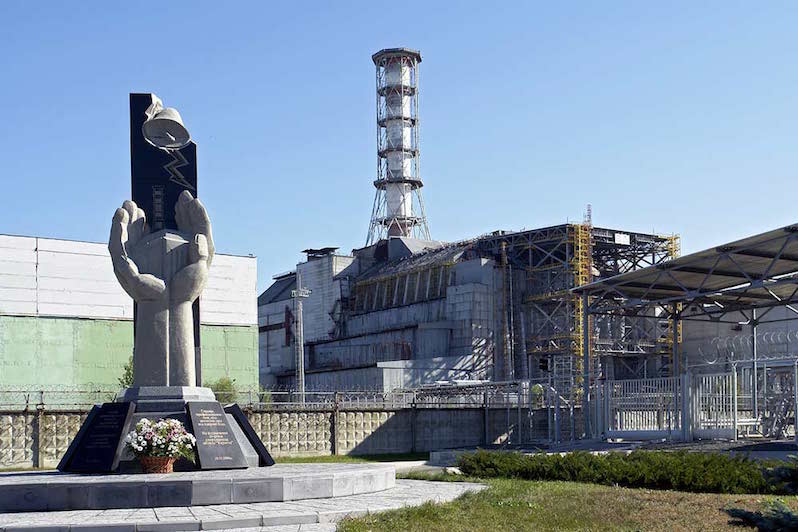 All nuclear reactors at Chernobyl were shut down by 2000. A New Safe Confinement structure is expected to be completed in 2017. (Mond / CC BY-NC-ND 3.0)
1
2
3
4
All nuclear reactors at Chernobyl were shut down by 2000. A New Safe Confinement structure is expected to be completed in 2017. (Mond / CC BY-NC-ND 3.0)
1
2
3
4
This year, we’re all on shaky ground, and the need for independent journalism has never been greater. A new administration is openly attacking free press — and the stakes couldn’t be higher.
Your support is more than a donation. It helps us dig deeper into hidden truths, root out corruption and misinformation, and grow an informed, resilient community.
Independent journalism like Truthdig doesn't just report the news — it helps cultivate a better future.
Your tax-deductible gift powers fearless reporting and uncompromising analysis. Together, we can protect democracy and expose the stories that must be told.
This spring, stand with our journalists.
Dig. Root. Grow. Cultivate a better future.
Donate today.

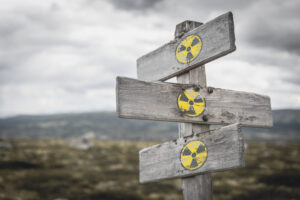
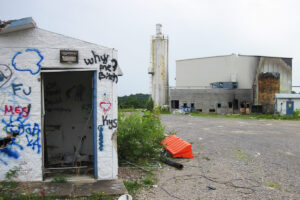
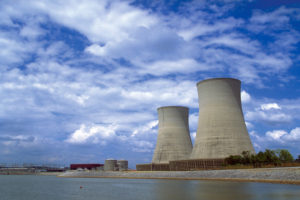
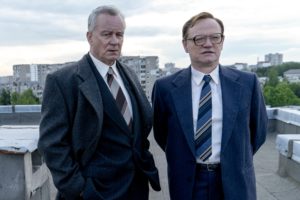
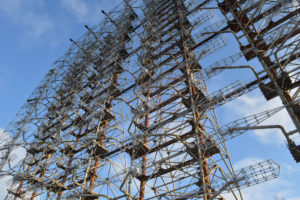
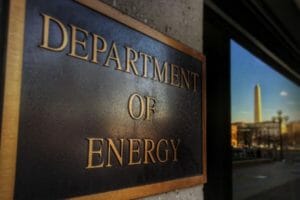

You need to be a supporter to comment.
There are currently no responses to this article.
Be the first to respond.